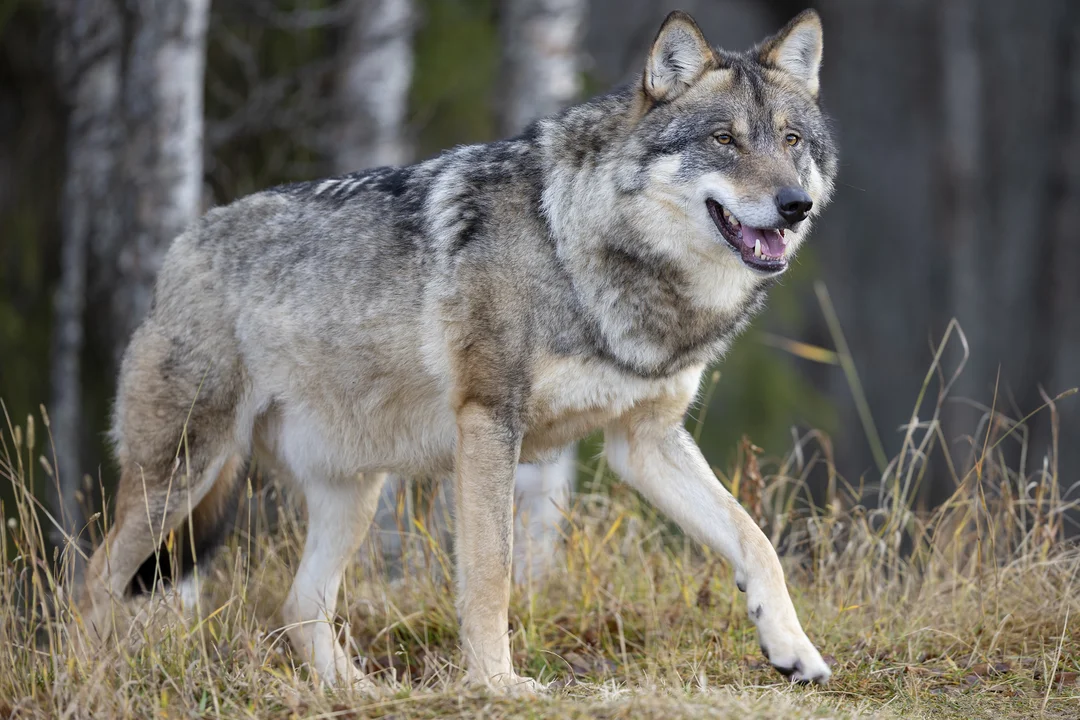
Are Protected Wolves Turning California’s Sierra County into a Battlefield?
In the picturesque landscapes of Sierra County, California, a growing conflict between humans and wildlife is capturing national attention. For nearly a month, protected gray wolves have been accused of wreaking havoc on local ranches, attacking livestock and venturing dangerously close to residential areas. This escalating situation raises urgent questions about balancing wildlife conservation with community safety in an era of environmental recovery.
The trouble began escalating in late April, with reports of wolves targeting cattle in Sierra Valley. County Supervisor Paul Roen described the situation as residents feeling "under siege," as wolves have attacked calves almost daily. In one harrowing incident, an elk was chased onto a homeowner's front stoop and killed, leaving bloodstains and fear in its wake. Roen, speaking to Cowboy State Daily, expressed frustration: "We’ve played by the rules here, and it’s done nothing but bite us." This sentiment echoes among ranchers who are pushing for a state of emergency to address the crisis.

Local authorities, including Sierra County Sheriff Mike Fisher, have documented at least 18 confirmed wolf attacks on livestock since the incidents started. Fisher noted that efforts to haze the wolves away have been ineffective, with one attack occurring while California Department of Fish and Wildlife (CDFW) wardens were on patrol. Peter Tira, a CDFW spokesman, explained that wolves are classified as an endangered species under both federal and state laws, limiting options for intervention. "Wolves hunt differently than other predators," Tira said, emphasizing that while many Californians celebrate their return, rural communities bear the brunt of the conflicts.
This resurgence of wolves in California, which began in 2011 when they crossed from Oregon, has led to mixed reactions. The state now hosts at least 50 wolves in seven established packs, according to CDFW. However, in Sierra County—nestled near the Nevada border—the presence of just two wolves has disrupted daily life. Ranchers like those at DS Ranches report significant losses, with calves euthanized after severe injuries. Analysts point to this as a classic wildlife management dilemma: how to protect a recovering species without compromising human livelihoods. Comparatively, neighboring Wyoming's more flexible wolf policies, as Roen advocates, offer a potential model for change.
Critics argue that California's strict protections may need reevaluation. Options like trapping and relocating wolves are on the table, though past efforts with other animals like black bears have proven unreliable. CDFW is reviewing its policies, potentially expanding non-lethal deterrents or compensation for affected ranchers. Yet, as spring cattle drives approach, with thousands of cows entering the valley, the risks could intensify.

In conclusion, the wolf attacks in Sierra County underscore the broader challenges of environmental conservation in populated areas. As officials plan meetings with state leaders to seek solutions, the fate of both wolves and ranchers hangs in the balance. What does this mean for California's wildlife policies moving forward? Will we find a way to coexist, or must we choose between protection and practicality?
We invite you to share your thoughts: Do protected species like wolves deserve absolute safeguards, or should local communities have more say? Leave a comment below and help us explore this pressing issue.